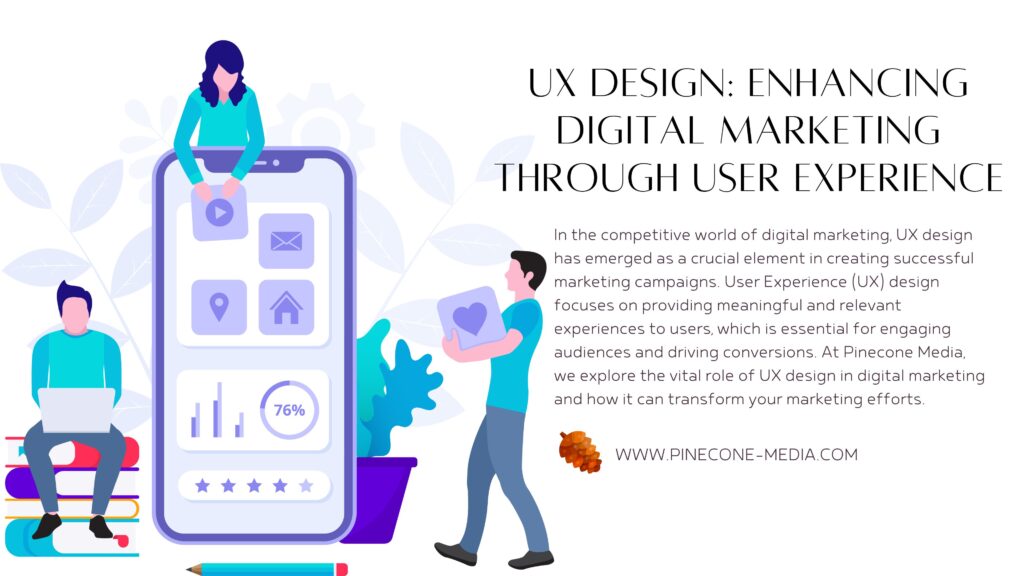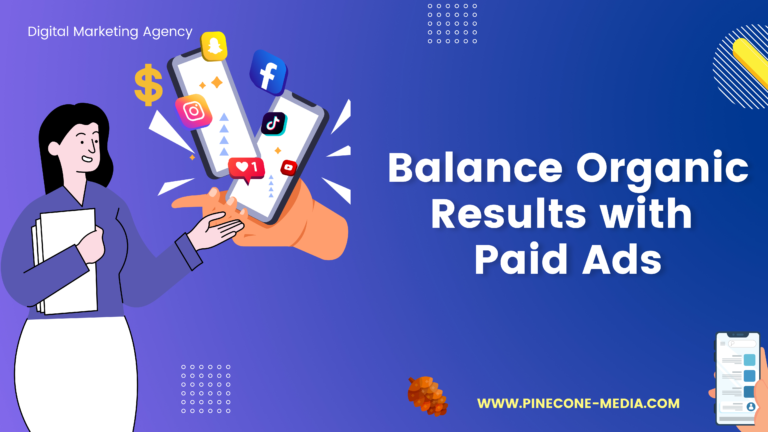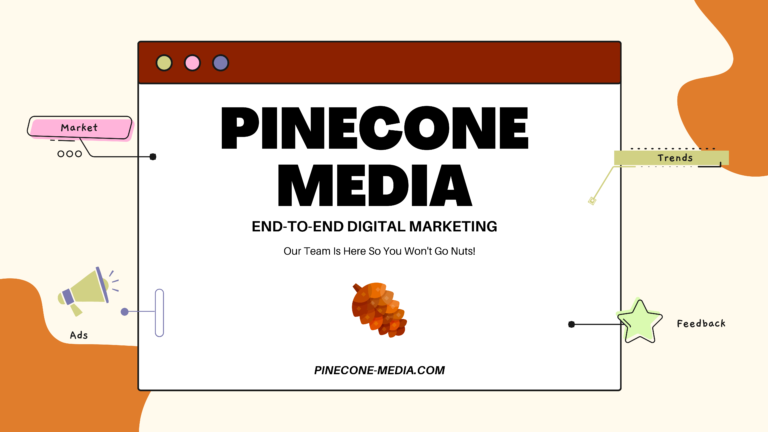UX Design: Enhancing Digital Marketing through User Experience
In the competitive world of digital marketing, UX design has emerged as a crucial element in creating successful marketing campaigns. User Experience (UX) design focuses on providing meaningful and relevant experiences to users, which is essential for engaging audiences and driving conversions. At Pinecone Media, we explore the vital role of UX design in digital marketing and how it can transform your marketing efforts.

The Importance of UX Design in Digital Marketing
UX design is all about understanding and meeting the needs of users. When applied to digital marketing, it ensures that websites, apps, and other digital platforms are not only visually appealing but also intuitive and user-friendly. Here are some key reasons why UX design is essential in digital marketing:
- Improved User Engagement: A well-designed user experience keeps visitors on your site longer, reducing bounce rates and increasing the likelihood of engagement. By providing an intuitive and enjoyable experience, users are more likely to interact with your content and take desired actions.
- Higher Conversion Rates: Effective UX design streamlines the customer journey, making it easier for users to find information and complete transactions. This seamless experience reduces friction points and boosts conversion rates, ultimately driving more sales and leads.
- Enhanced Brand Perception: A positive user experience reflects well on your brand. When users find your digital platforms easy to navigate and visually pleasing, it enhances their perception of your brand’s credibility and professionalism.
- SEO Benefits: Search engines like Google prioritize websites that offer excellent user experiences. Factors such as mobile-friendliness, page load speed, and ease of navigation are all part of UX design and contribute to better search engine rankings.
Key Elements of Effective UX Design
To leverage the benefits of UX design in digital marketing, consider the following key elements:
- User-Centered Design: Put the needs and preferences of your users at the forefront of your design process. Conduct user research, create personas, and gather feedback to understand what your audience wants and how they interact with your digital platforms.
- Responsive Design: Ensure that your website and digital content are optimized for all devices, including desktops, tablets, and smartphones. A responsive design adapts to different screen sizes, providing a consistent experience across all devices.
- Intuitive Navigation: Simplify the navigation of your website to make it easy for users to find information. Use clear labels, logical menu structures, and a well-organized layout to guide users through their journey.
- Visual Appeal: Aesthetics play a significant role in UX design. Use a visually appealing design that aligns with your brand identity and captures the attention of your audience. Consistent use of colors, fonts, and imagery enhances the overall user experience.
- Fast Load Times: Page load speed is critical for user satisfaction. Optimize your website’s performance by minimizing file sizes, leveraging browser caching, and using a content delivery network (CDN) to ensure fast load times.
UX design is a fundamental aspect of digital marketing that can significantly impact user engagement, conversion rates, and overall brand perception. By prioritizing user experience in your digital marketing strategy, you can create more effective campaigns that resonate with your audience and drive meaningful results. At Pinecone Media, we specialize in integrating UX design principles into digital marketing strategies, ensuring that your digital platforms not only attract but also delight users, leading to sustained business growth.
UX Design, Digital Marketing, User Experience, Engagement, Conversions




